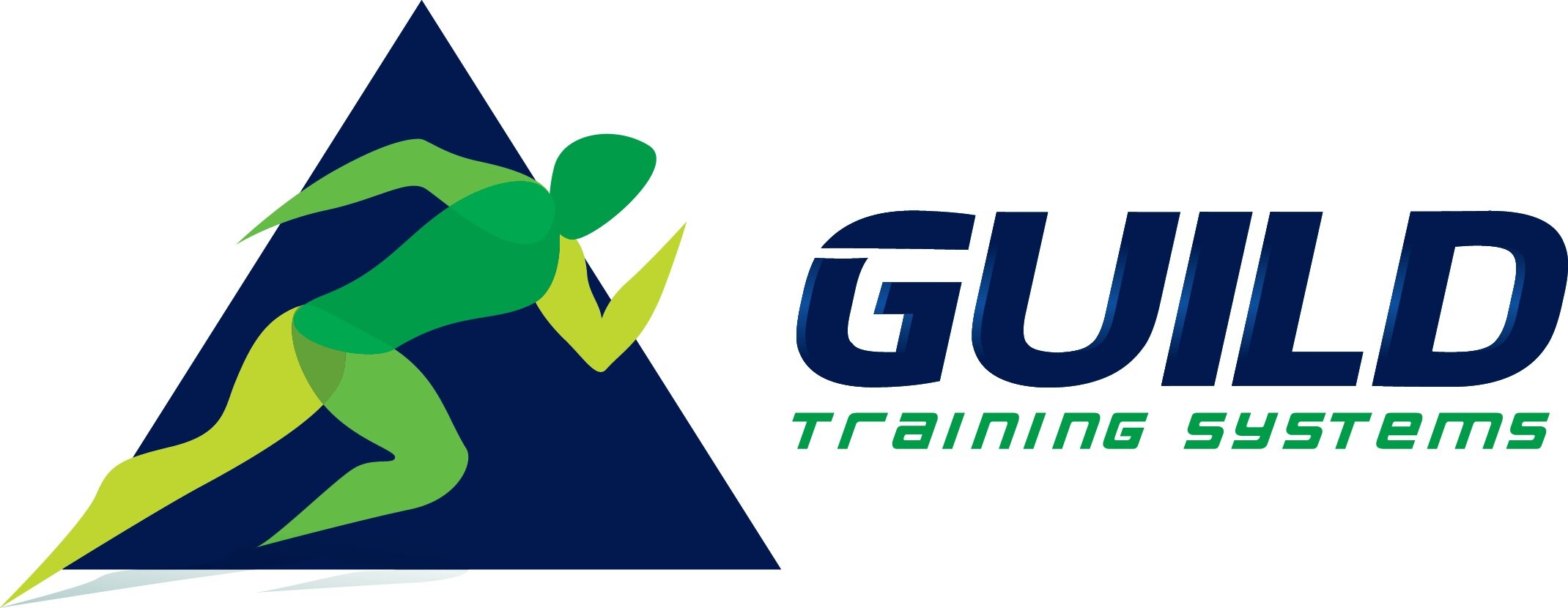Boyle's Basics
This has been a week of going through Mike Boyle’s Complete Sports Conditioning video series. Needless to say, I’ve spent a lot of time thinking and laughing, not necessarily in that order, about his points.
First, a disclaimer. I’ve followed Boyle since first getting into strength and conditioning. I have numerous friends who have been through his internship or trained at his facility and for 99% of his stuff, I see practical application. Needless to say, I’ve enjoyed his content and what he’s done for the profession over the years.
Below are five key thoughts that have stayed with me since going through the first half of his video lectures.
Get A Heart Rate Monitor
I use heart rate monitors both with my own training and those that I train at the gym. They’ve mainly helped me to individualize work:rest ratios but have plenty of other applications.
Boyle is adamant that if one is pursuing the best conditioning training effect, heart rate monitors are a necessity. This I can agree with having seen first hand the disparities between athletes when it comes to heart rate responses. Variable rest periods are a real thing. One athlete’s thirty seconds rest period is another athlete’s minute and a half.
Add Sets, Not Length
Boyle refers to this as “inverting the pyramid” which is a way of looking at a training calendar. In basic terms, inverting the pyramid means adding reps to conditioning days instead of making reps longer.
By adding reps instead of increasing rep length, athlete’s are able to maintain technique throughout the work interval along with improving aerobic power more quickly when compared to the dreaded LSD (Long Slow Distance) method of conditioning.
There Are Many Ways To Test Conditioning
This could be an article all by itself. Boyle took a look at the beep test, 300 shuttle, Sprint fatigue test and the 10/10 test (which is running at 10mph at a 10 grade on the treadmill for as long as possible). There are countless ways to test an athlete’s conditioning but stressing the importance of sport-specific needs along with finding the “why” of one’s testing protocol can lead to finding the right metrics to drive conditioning programs.
Stop Humiliating The Best Athletes
I find this one sadly humorous. Historically, teams have players that are faster, stronger and more powerful than their teammates. These players generally perform worse on conditioning tests due to their physiological make-up predisposing them to early fatigue. These powerful athletes generally are labeled “lazy” or “out of shape” and also tend to get injured more frequently. Boyle did a good job appreciating these athletes while also providing some practical applications towards providing them with good training effects that don’t take away from their strengths. (hint: the answer does not rhyme with yogging).
VO2 Tests May Indicate Capability But Do Not Indicate Current Training Level
This was one of the best points that Boyle made in the early going. VO2 tests have been a gold standard in history for determining fitness and performance capability. I remember taking one in college and finding that mine was abnormally high comparatively to others. This did not mean that I would perform better than others, as there are countless other variables, most notably the threshold at which one can perform, that determines performance level.
Either way, I loved the way that Boyle simply put what a VO2 test tells us and more importantly, what it doesn’t.
More to come!
